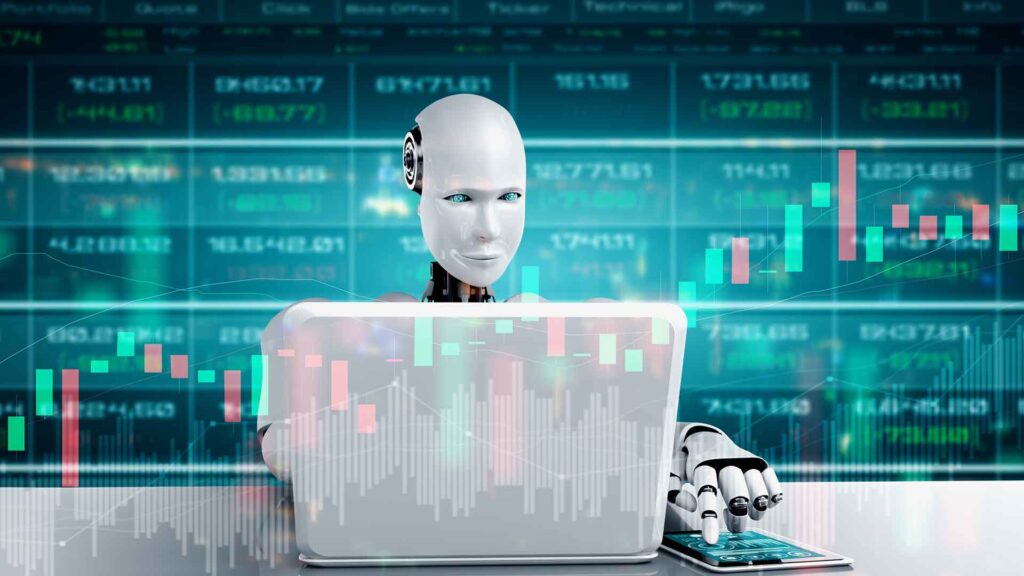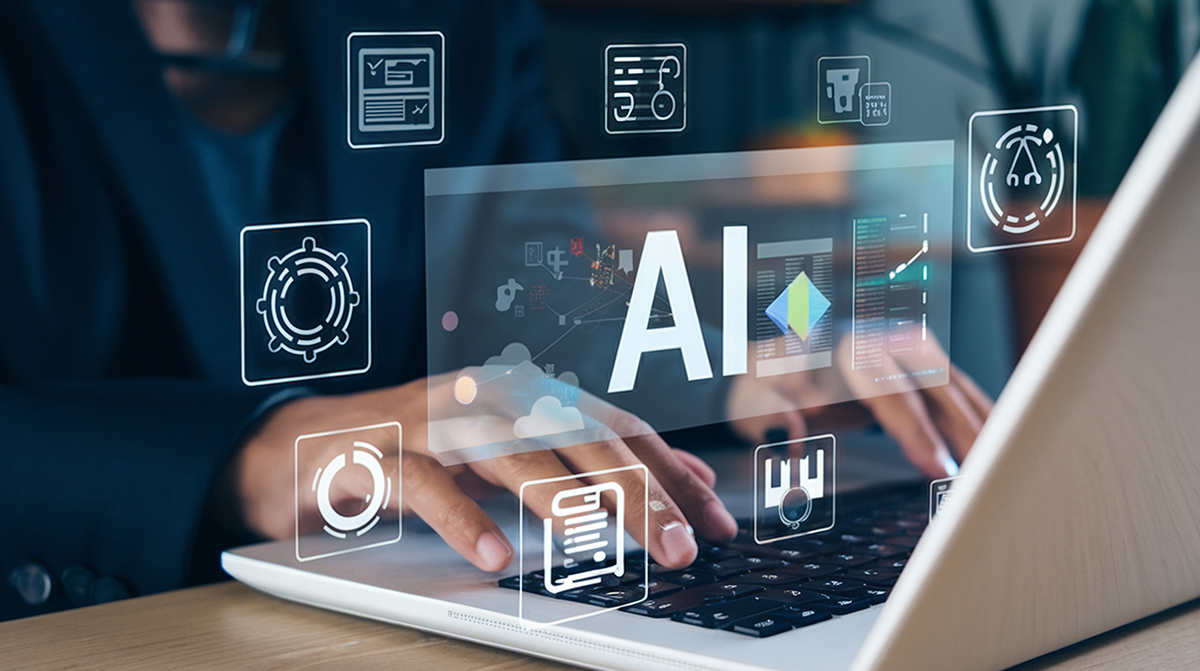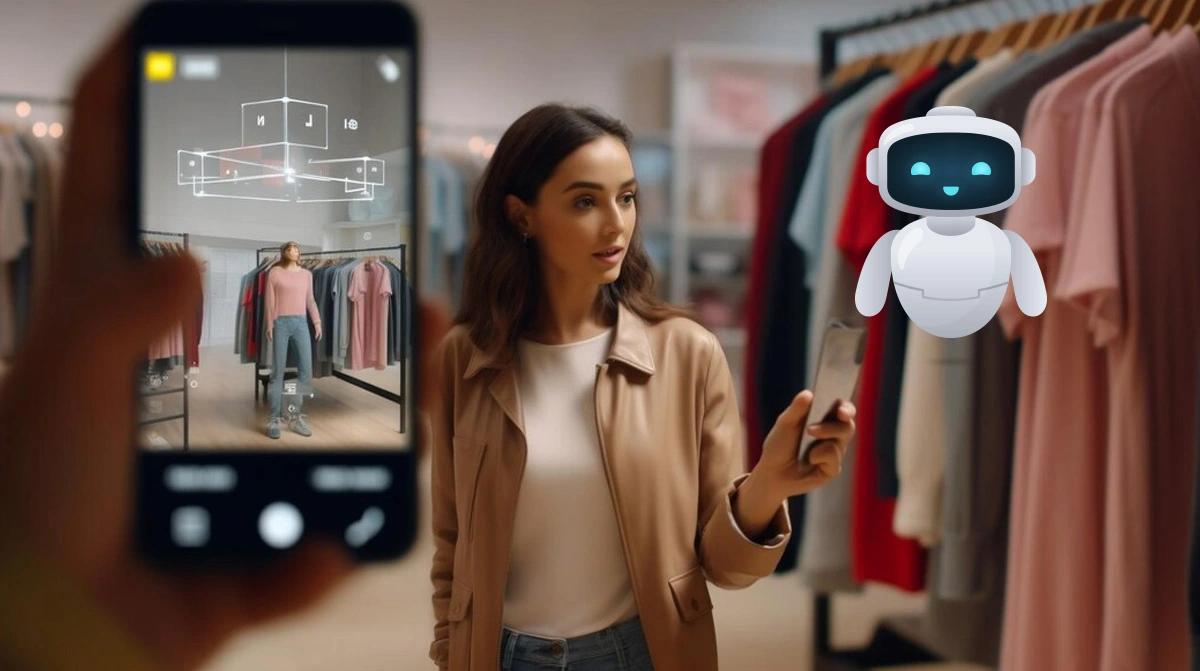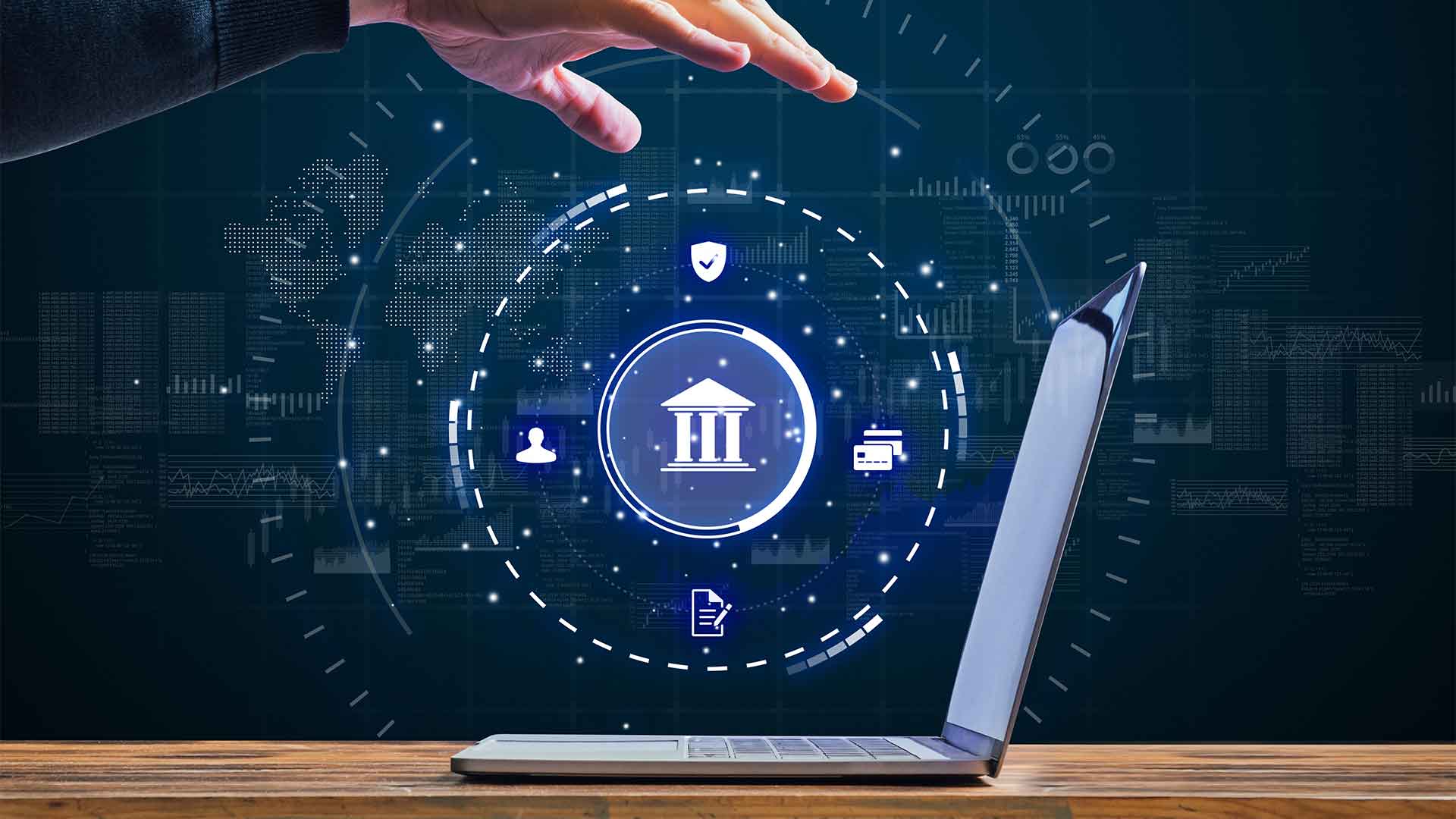Have you seen the equations that experienced traders make in their heads? Or have you seen how recent trades are being recorded while current data is being monitored in movies? Such traditional practices are rapidly disappearing Technical experts are now being desired by those who wish to remain profitable while also keeping up with the market trends
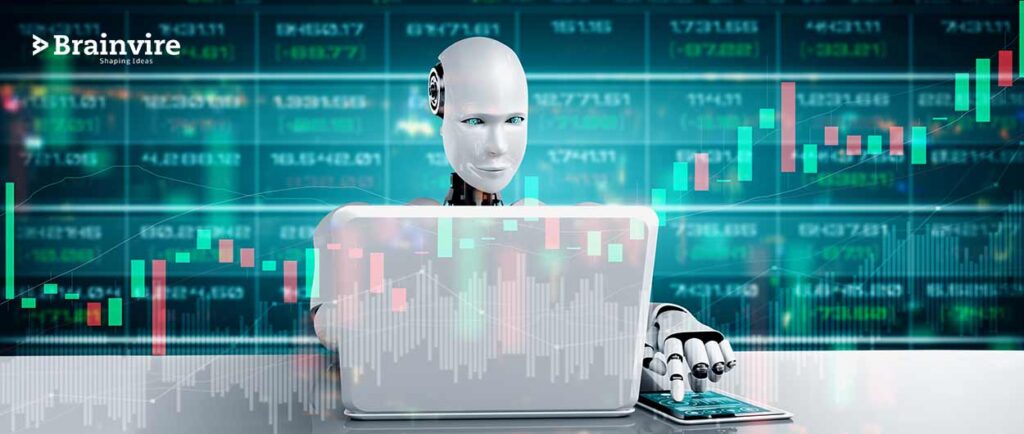
Trading bots, which execute operations using embedded algorithms and supplied data, are a handy tool that programmers, mathematicians, and analysts have given the market. High-frequency trading has become more prevalent as a result of the popularity of algorithmic trading on exchanges.
Traders, brokers, and investment funds are unable to without bot developers, because people are not able to trade with small spreads at high speeds and concentration. Trading in the twenty-first century is carried out by bots that use algorithms that some individuals build, while others develop trading methods. Or, more importantly, this is how it actually operated.
How Artificial Intelligence is Involved In Trading On Exchanges?
Professional traders are frequently need to upgrade their procedures as advancements make trading more challenging. They had to battle against trading bots from 2000 to 2015 and then learn how to adjust them to balance the forces. Traders and their bots have faced competition from AI starting about 2015.
What are the Trading Capabilities Of AI On Exchanges that you should know?
Artificial intelligence can function independently and without human input, in contrast to bots that require constant reconfiguration. It can develop, test, and improve trading strategies. It can consider market trends in order to advance with freshly discovered information. In other words, AI can mimic analysts’ thought processes.
Additional AI capabilities being deployed to help traders, brokers, and funds as well as their clients include the following:
- Gathering data from news sources, social networks, and topical websites for use in basic research;
- Processing stock market indices and market data for use in technical analysis;
- giving investment advice for the medium term;
- Managing the diversification of the asset portfolio;
- Creating a ranking system for analysts and evaluating their effectiveness in selecting the top mirror trading tactics;
- Constructing behavioral models during turbulence in the market; locating instances of collusion and market manipulation.
What AI cannot do: display human emotions like fear and greed; make unreasonable assumptions. However, these are benefits rather than drawbacks. AI performs better on the exchange than algorithmic bots, let alone humans.
What are the some Trading Strategy for Artificial Intelligence-Based Development?
Creating trading techniques for volatile markets is increasingly relying heavily on artificial intelligence. It not only executes trades in accordance with a predetermined algorithm but also continuously gathers and processes massive amounts of data, analyses events and trends, and self-decides. Artificial Intelligence Development can be promoted with Trading Strategies.
Data Gathering
Deep learning is now being applied to AI by experts so that it can effectively gather unstructured data from numerous sources, including news and social media posts. Incoming data typically has a haphazard organization. Even under such a framework, it is typical that past events might have an impact on current and upcoming patterns and AI can impact serval industry in upcoming years.
In order to modify its trading methods, AI analyses historical data to determine how the current market will respond to historical events. While there is no immediate benefit from this, over time it enables AI to learn productivity in different market conditions.
Organization Of Data
The approach taken by analysts and the way AI software for trading on exchanges functions is very similar. After gathering the data, the following step is to organize it and divide it into distinct groups. Two datasets are present:
- A practice set used to train and fine-tune the algorithm before testing.
- A sequence of tests that puts a tested algorithm to use.
Development Of A Trading Algorithm
The algorithm’s goal is to forecast the price changes of an asset that a trader or investment manager is trading. You may create a prediction algorithm in a variety of methods. However, the majority of them employ a two-class approach based on signal and predictability aspects in an effort to simplify the issue:
- The signal shows whether an increase or drop in price is expected to determine whether stocks dropping or going up.
- Predictability demonstrates the signal’s confidence.
The trader gets the desired signal when the output data is generated.
Can AI machines replace human traders On The Exchange?
With the rise of AI, traditional traders’ operations now make up 10% of all trading volume, down from 55% in 2012 when the United States was their primary market. At the same time, the majority of trading techniques are developed by more than 2000 hedge funds (out of a total of roughly 11,000 hedge funds). This is a strong indication that artificial intelligence is being used in trading and investing.
Can human be more Multitasking than AI?
In a matter of minutes, trained machines can process enormous amounts of data. In a similar way, they may uncover and analyze repeating patterns and historical data for smart trading that are sometimes obscured, inaccessible, or not readily apparent to people.
Traders are unable to process or even notice that much info. For instance, in high-frequency trading, some individuals employ AI to decode more than 250 million unique data points from the New York Stock Exchange in the first hour following the start of deals.
Can humans bit AI in Trade Speed?
Even though it is not a cutting-edge technology, AI greatly accelerates trading activities. Every instant counts these days. AI will make your job easier if you operate an investment fund or are a broker because trading will be automated and clients won’t need to call in to place orders.
Sentiment Analysis And Prediction: Does it sounds difficult for human?
AI can forecast the movement of stock prices and potential trading activities by looking at the headlines of articles, news, posts on social networks, blogs, and other thematic sources. It carries out sentiment analysis, which is the process of classifying opinions (or sentiments) that people actively share online.
Is AI Self-Training, or can humans take place?
Although AI is not initially perfect, it can develop its abilities. It will continuously get better by learning from its errors. Automated trading advisers exist to achieve these goals. With their assistance, AI strives to enhance performance by adding and analyzing fresh data in addition to fine-tuning the data that already exists.
Conclusion: It will be more accurate if we Utilize Artificial Intelligence to Modernize Trading
Many traders and investors are optimistic that artificial intelligence will soon be used widely by businesses on exchanges. AI-based solutions are simple to use, transparent to use, and accurate in trading.
The rules of trade are already starting to shift due to artificial intelligence. Utilize its advantages to modernise your investment fund or brokerage house. It will support your clients’ logical asset management and investment decisions.
Related Articles
-
Top 12 AI-driven Testing Tools to Explore in 2025
AI-powered testing tools have revolutionized the software testing process by automating and optimizing various stages of quality assurance (QA). These tools utilize artificial intelligence and machine learning to enhance test
-
AI-Driven Personalized Product Recommendation: Use Cases and Benefits
A 21st-century customer craves a personalized shopping experience that makes them feel included and validates their preferences. Meeting consumer expectations for any e-commerce brand takes work, especially in a fast-paced
-
AI-Powered Banking: Enhancing Human Expertise for Improved Customer Experience
The fear is real. Artificial Intelligence(AI) has shown it can pass competitive exams and even clear job interviews. So does it mean it’s coming for your job at the bank?

